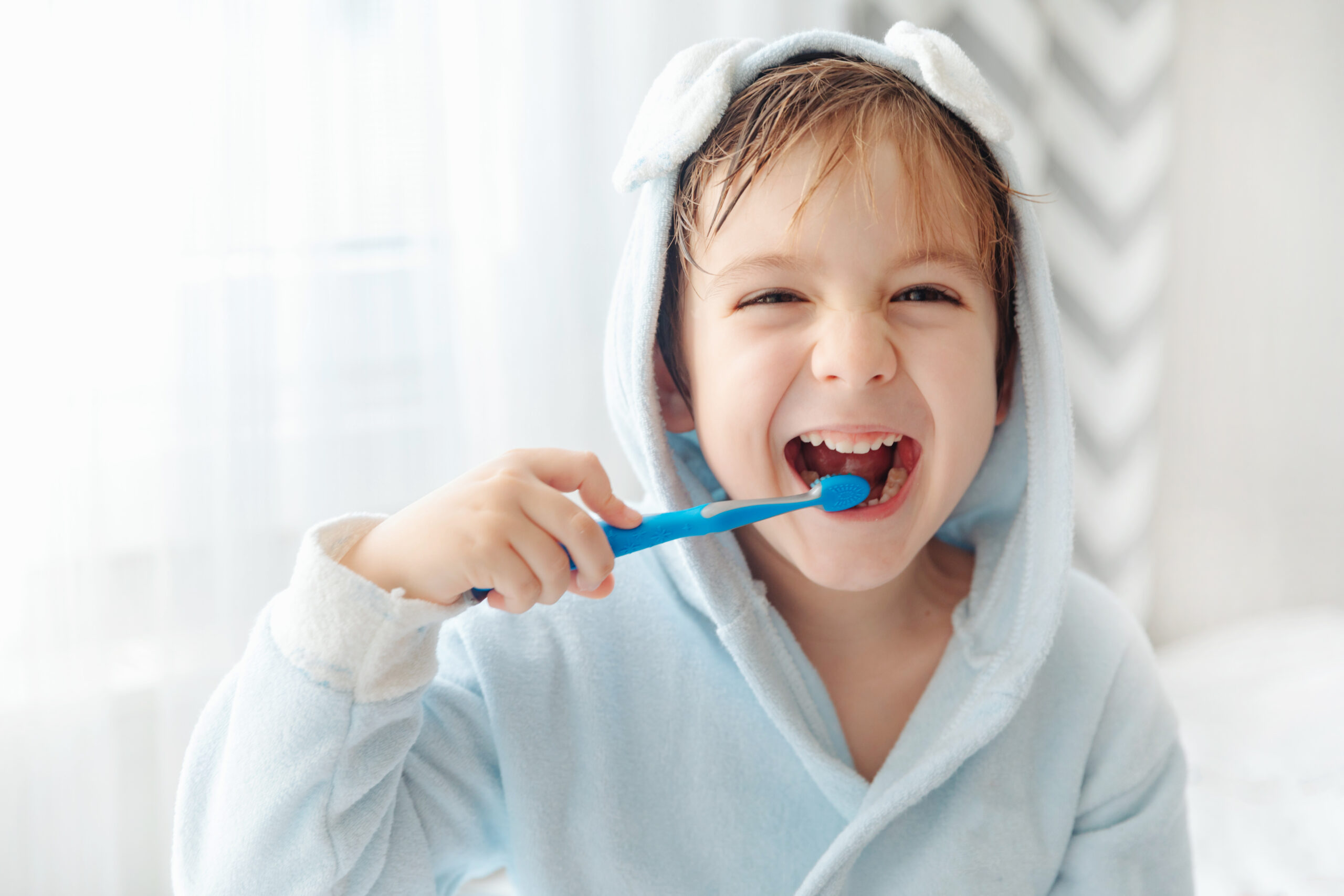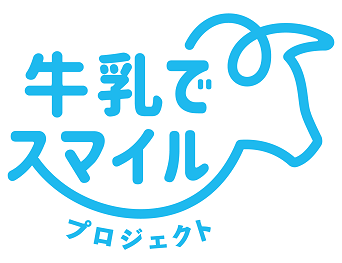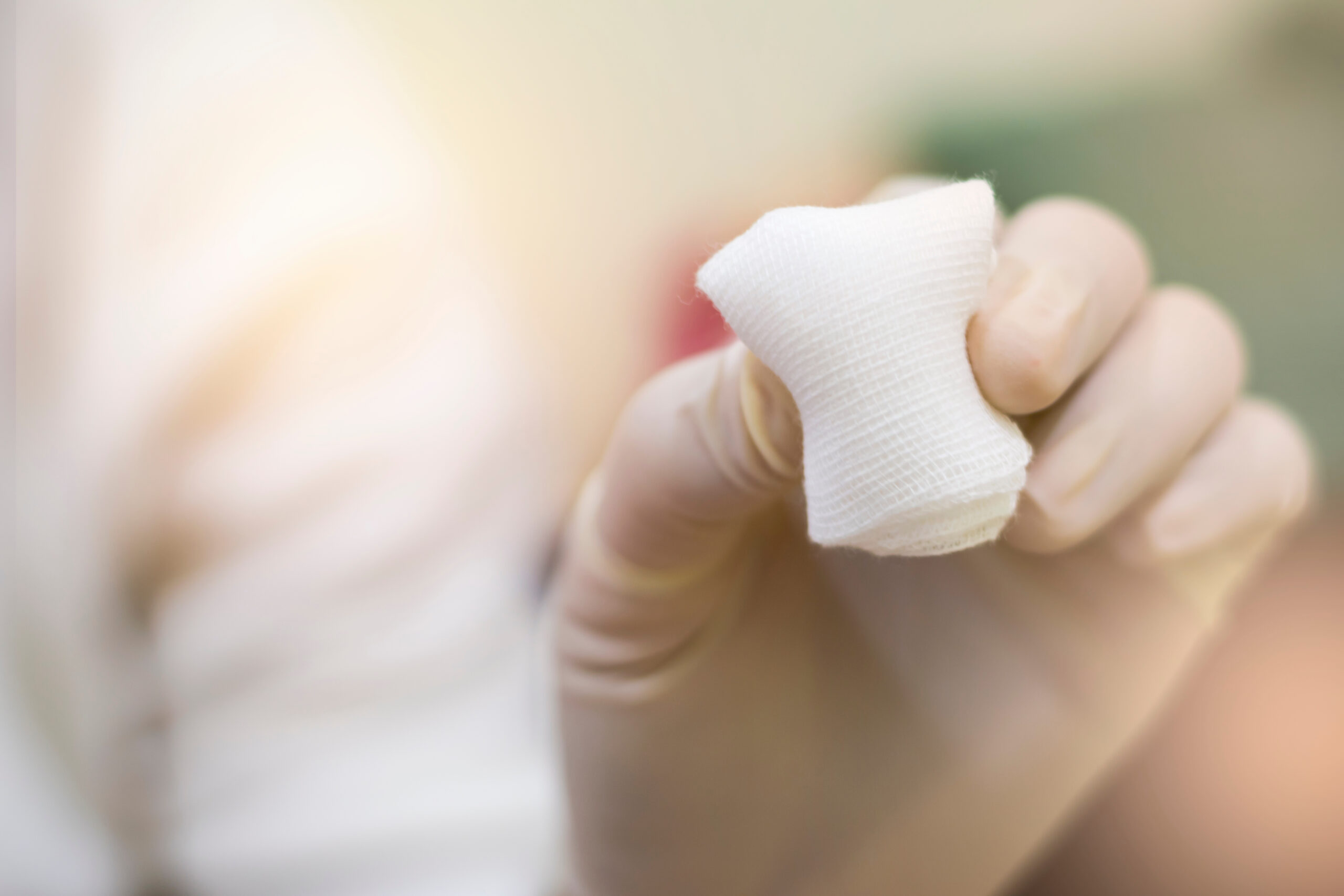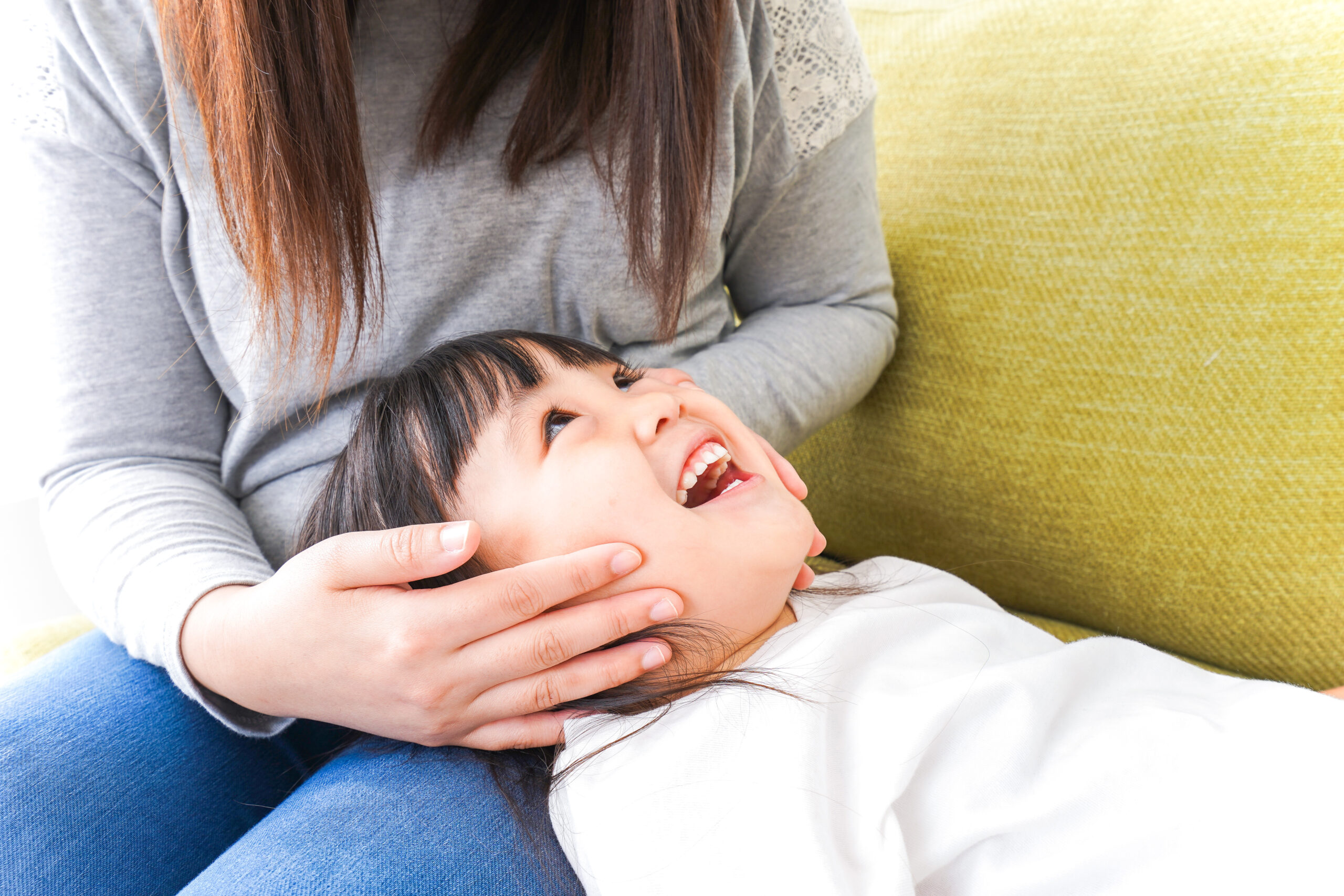Pediatric Dentistry
Publication Date:
Last Updated:
- For your child’s healthy growth
Pediatric Dentistry at SACHI Dental Clinic in Mita and Shiba Park - Dental Treatment Tailored to your Child’s Growth
- Common Concerns in Pediatric Dentistry and Their Solutions
- Frequently Asked Questions (FAQ)
- View Other Treatment Options
For your child’s healthy growth
Pediatric Dentistry at SACHI Dental Clinic in Mita and Shiba Park
Your child’s dental health is the foundation for lifelong well-being. Baby teeth are more prone to cavities and progress faster than permanent teeth, making early care crucial. At SACHI Dental Clinic, we provide preventive and treatment services tailored to your child’s growth, supporting their healthy development.
Dental Treatment Tailored to your Child’s Growth

As children’s teeth transition from baby teeth to permanent teeth and their jawbones grow, their oral condition changes significantly with age. Therefore, pediatric dentistry emphasizes treatments and prevention strategies that align with each stage of a child’s development.
The Role of Baby Teeth
Baby teeth play a crucial role not only in chewing food but also as guides for the proper eruption of permanent teeth. They also affect correct pronunciation and jawbone growth. If baby teeth develop cavities, it can lead to pain and potentially impact the alignment of permanent teeth and overall oral health.
Baby Teeth are Prone to Cavities
Compared to permanent teeth, baby teeth have thinner enamel and dentin and weaker tooth structure, making them more susceptible to cavities and faster progression. Additionally, untreated cavities in baby teeth can adversely affect the permanent teeth that follow.
The main reasons baby teeth are prone to cavities are as follows:
- The enamel of baby teeth has low mineralization and weak resistance to acid.
- Baby teeth have thin enamel and dentin, making cavities progress easily.
- Baby teeth have deep grooves that easily trap debris.
- Children tend to prefer sweets, increasing the risk of cavities.
Common Concerns in Pediatric Dentistry and Their Solutions

At SACHI Dental Clinic, we receive various concerns about children’s oral health. Here, we introduce common concerns and their solutions.
① Concern about Cavities in Baby Teeth|Early Detection and Treatment are Crucial
Baby teeth are more prone to cavities and tend to progress faster than permanent teeth. This is due to the thin enamel, low mineralization, and softer dentin compared to permanent teeth. Additionally, baby teeth are more soluble in acid, often leading to rapid progression once cavities develop.
Leaving cavities in baby teeth untreated poses the following risks:
- Pain and swelling may occur, making eating difficult.
- It can adversely affect the formation of permanent teeth.
- It can lead to misalignment of permanent teeth.
- It can affect pronunciation.
Therefore, even with baby teeth, it is important not to leave cavities untreated, to detect them early, and to receive appropriate treatment.
What Can be Done at Home to Prevent Cavities
While there is no foolproof method to prevent cavities, daily brushing and regular dental check-ups are most effective. By combining home care with professional care at the dental clinic, you can significantly reduce the risk of cavities.
In addition, a balanced diet is essential for cavity prevention. Particularly, to build strong teeth, it is important to consume sufficient calcium and phosphorus, which are the main components of teeth. Milk and dairy products are rich in these nutrients and also contain proteins (casein) that aid in tooth remineralization (repairing dissolved tooth components) and vitamin D, which helps absorb calcium.
Milk can also help neutralize acids in the mouth and protect the tooth surface. Choosing milk without added sugars during snacks or meals can help maintain your child’s dental health. However, be cautious with milk drinks containing added sugars or consuming them just before bed, as they may increase the risk of cavities. Don’t forget to brush your teeth after meals.
Methods for Finishing Brushing by Age
- 0–1 year: Establish a brushing habit with gauze Once teeth start to emerge, gently wipe them with a damp gauze. At this stage, establishing a brushing habit is important. Make it enjoyable by singing songs or speaking gently to your baby to prevent them from resisting.
Gently wipe with clean gauze - 1–3 years: Thorough check with lap pillow Place your child’s head on your lap and perform finishing brushing in this position. This posture allows you to see inside the mouth clearly, reducing missed spots. Pay special attention to the back of the upper front teeth, where missed spots are common. Choose a toothbrush with a small head for children and brush with small movements. As a “finishing brushing tip,” parental care is particularly important at this age.
Brush thoroughly with a lap pillow - 3–5 years: Practice brushing on their own and finishing brushing Encourage your child to start practicing brushing their own teeth. First, let them hold the toothbrush and brush freely. Afterward, parents should always perform finishing brushing to ensure no spots are missed. At this stage, it’s important to teach the fun of brushing.
- 5–8 years: Be cautious when permanent teeth start to emerge Around age 6, the first permanent molars (6-year molars) begin to emerge in the back. These molars have deep grooves and are prone to cavities, so pay special attention when brushing. Additionally, this is the time when front teeth also start to transition to permanent teeth. During the mixed dentition period, when both baby and permanent teeth are present, the alignment can become uneven, leading to more missed spots. Guide them to brush each tooth carefully while looking in the mirror. Since toothbrushes may not reach between teeth, encourage the use of dental floss. Searching for “children’s floss” can lead to videos and resources on how to use floss for kids.
Choosing and Using Effective Toothpaste
Choosing toothpaste with fluoride is effective for cavity prevention. The Japanese Society of Pediatric Dentistry recommends the amount of toothpaste and fluoride concentration according to age.
- From tooth eruption to age 2: A rice grain-sized amount (1–2mm) of toothpaste with 1000ppmF
- Ages 3–5: A pea-sized amount (5mm) of toothpaste with 1000ppmF
- Ages 6 to adult: An amount covering the entire toothbrush (1.5cm–2cm) with 1500ppmF
To use toothpaste effectively, it’s important to adhere to the age-appropriate amount. Find the right toothpaste for your child.
Treatment Methods if Cavities Develop
The treatment method varies depending on the size and depth of the cavity. At our clinic, we strive to provide pain-conscious treatment to ensure you can receive care with peace of mind.
Treatment for Small Cavities (CR Restoration)
If the cavity is small and has not reached the nerve, we remove only the decayed part and fill it with a dental plastic called composite resin (CR). CR restoration involves minimal tooth removal and results in a natural appearance.
The treatment procedure is as follows:
- Remove the decayed part
- Apply adhesive to the tooth surface
- Fill with composite resin
- Cure with light
- Shape and adjust the bite
CR restoration is typically completed in one treatment session. However, if the cavity is large or deep, anesthesia may be necessary. At our clinic, we use topical anesthesia and electronic anesthetic devices to minimize pain, so rest assured.
Benefits of CR Restoration
- Minimal tooth removal
- Natural appearance
- Completed in one treatment session
- No risk of metal allergies
Drawbacks of CR Restoration
- May chip or come off under strong force
- May discolor over time
- May not be suitable for large cavities
Treatment for Large Cavities (Root Canal Treatment, Extraction)
If the cavity is large and has reached the nerve, root canal treatment is necessary. Root canal treatment involves removing the infected nerve, disinfecting and cleaning the canal, and sealing it with medication. Root canal treatment for baby teeth differs from that for permanent teeth, as it considers root resorption and the impact on subsequent permanent teeth.
The root canal treatment procedure is as follows:
- Remove the decayed part
- Remove the nerve
- Disinfect and clean the canal
- Fill the canal with medication
Root canal treatment requires multiple visits. Additionally, if symptoms do not improve after treatment or if root resorption progresses, extraction may be necessary. “Extraction of baby teeth” is necessary when there is concern about adverse effects on permanent teeth.
Cases where extraction is necessary
- The cavity is large, and the tooth cannot be preserved with root canal treatment
- Root resorption has progressed, causing the tooth to become loose
- Pus has accumulated at the root tip, potentially affecting permanent teeth
After extraction, a space maintainer may be placed to prevent impact on the alignment and bite of permanent teeth.
Efforts to Help Children Cooperate with Treatment

At SACHI Dental Clinic, we make various efforts to ensure children do not develop a fear of dental treatment. Our entire staff, including female dentists, interact gently and kindly to create an environment where children can relax and receive treatment.
Specific initiatives
- Before treatment, we show and let children touch the instruments to ease their anxiety.
- During treatment, we talk to and encourage children while proceeding with the treatment.
- We prepare rewards for children who do their best during treatment.
We also carefully explain the treatment details and precautions to parents and provide advice on home care. We are always thinking of ways to ensure “children are not afraid of the dentist.”
Handling Cases where Cooperation with Treatment is Difficult
For children who cannot cooperate with treatment or those with systemic conditions that make safe treatment difficult, we may refer them to nearby advanced medical institutions or university hospitals. We work in collaboration with other clinics to provide the best treatment for your child.
② Want to Have Regular Check-Ups|for Cavity Prevention and Early Detection
Regular dental check-ups are crucial for preventing cavities and gingivitis and for early detection and treatment. During regular check-ups, the following are performed:
- Cavity check: Check for the presence and progression of cavities.
- Gingivitis check: Check for gum swelling and bleeding.
- Plaque and tartar removal: Use specialized equipment to remove plaque and tartar.
- Fluoride application: Strengthen tooth structure and prevent cavities.
- Brushing instruction: Teach proper brushing techniques.
- Lifestyle guidance: Provide advice on diet and other habits.
The frequency of regular check-ups varies depending on your child’s oral condition, but generally, we recommend visits every 3 to 6 months. Please consult us about the frequency of “children’s regular dental check-ups,” which we adjust based on age and risk.
About Fluoride Application
Fluoride application involves applying fluoride to the tooth surface to strengthen tooth structure and prevent cavities. The fluoride application performed at dental clinics uses a higher concentration of fluoride than toothpaste used at home, providing a higher cavity prevention effect.
Effects of Fluoride Application
- Promotes remineralization: Fluoride promotes the redeposition (remineralization) of calcium and phosphorus dissolved from teeth, repairing early cavities.
- Strengthens tooth structure: Acts on the enamel surface to form strong tooth structure (fluorapatite) that is resistant to acid.
- Inhibits cavity-causing bacteria: Fluoride suppresses the activity of cavity-causing bacteria and inhibits acid production.
Frequency and Safety of Fluoride Application
Fluoride application at dental clinics is effective when done about 3 to 4 times a year (once every 3 months). Although high-concentration fluoride is applied, it is used safely under the management of dentists and dental hygienists. However, excessive intake can lead to dental fluorosis (white spots or streaks on teeth), so follow the instructions of dentists and dental hygienists regarding the amount and frequency of fluoride-containing products used at home. We perform the procedure with safety in mind to reassure those searching for “fluoride application in Mita.”
Differences from Fluoride-Containing Products Used at Home
Toothpaste and mouthwash used at home may also contain fluoride. These products can enhance cavity prevention when used daily. However, the fluoride concentration is set lower than that used in fluoride applications at dental clinics.
Choosing Toothbrushes and Toothpaste According to Age and Situation
To protect your child’s dental health, it is important to choose toothbrushes and toothpaste that suit their age and oral condition.
Recommended toothpaste usage amount and fluoride concentration by age based on the recommendations of the Japanese Society of Pediatric Dentistry
- From tooth eruption to age 2: Toothpaste usage amount: Rice grain-sized (1–2mm), fluoride concentration: 1000ppmF (900–1000ppmF considering Japanese products)
- Ages 3–5: Toothpaste usage amount: Pea-sized (5mm), fluoride concentration: 1000ppmF (900–1000ppmF considering Japanese products)
- Ages 6 and above: Toothpaste usage amount: Entire toothbrush (1.5cm–2cm), fluoride concentration: 1500ppmF (1400–1500ppmF considering Japanese products)
Recommended Toothbrushes by Age and Situation
- 0–2 years: Choose an infant toothbrush with a small head and soft bristles.
- 3–5 years: This is the period for practicing brushing on their own. Choose a child toothbrush that is easy to grip and has a small head.
- 6 years and above: As permanent teeth begin to emerge, choose a child toothbrush with a small head and fine bristles to thoroughly clean the back teeth.
Replace the toothbrush when the bristles start to splay. Depending on the oral condition, special-shaped toothbrushes or auxiliary cleaning tools (dental floss, interdental brushes) may also be necessary. Feel free to consult our staff for more information. We also provide information on “recommended toothbrushes for children.”
③ Concern about Children’s Dental Alignment|Early Consultation is Recommended
As children’s teeth transition from baby teeth to permanent teeth and their jaws grow, their dental alignment changes significantly. “Consultation on children’s dental alignment” is one of the most common concerns at SACHI Dental Clinic. In particular, please consult us early in the following cases:
- Permanent teeth are emerging from under the baby teeth
- Permanent teeth are slow to emerge after baby teeth fall out
- Permanent teeth are emerging in unusual positions
- Concerns about underbite or overbite
- Habits such as thumb sucking or nail biting
Timing for Dental Alignment Consultation
If you have concerns about your child’s dental alignment, please consult us early. The period of transition from baby teeth to permanent teeth (around ages 6–12) is when dental alignment and bite change significantly, requiring attention. Early detection of issues and starting treatment at the appropriate time can lead to better treatment outcomes. We also accept consultations for “pediatric orthodontics in Mita.”
Options if Orthodontic Treatment is Necessary
Depending on your child’s dental alignment, orthodontic treatment may be necessary. Orthodontic treatment options include:
- Removable appliance orthodontics: Uses removable devices to promote jaw growth or move teeth.
- Wire orthodontics: Attaches brackets to the tooth surface and uses wires to move teeth.
- Mouthpiece orthodontics: Uses transparent mouthpiece-type devices to move teeth.
The most suitable treatment method varies depending on your child’s dental alignment, age, and living environment. At our clinic, we propose the optimal treatment method for your child.
SACHI Dental Clinic’s Approach to Pediatric Orthodontics
At our clinic, we provide orthodontic treatment tailored to your child’s growth and development. Starting treatment early can control jaw growth and reduce the risk of needing comprehensive orthodontic treatment in the future. Additionally, to ensure children enjoy their visits, our female director and staff are committed to gentle and attentive care. If you are looking for orthodontic treatment with minimal burden on your child in the Shiba Park area, please consult us.
Frequently Asked Questions (FAQ)

- At what age should children start visiting the dentist?
- We recommend having a dental check-up once your child turns one year old. Also, start practicing brushing once teeth begin to emerge.
- When should children start brushing their teeth?
- Start with gauze brushing once teeth begin to emerge. Around age one, begin practicing brushing with an infant toothbrush.
- Does thumb sucking affect dental alignment?
- Prolonged thumb sucking can negatively impact dental alignment and bite. If thumb sucking continues past age three, consult a dentist.
- If baby teeth develop cavities, will it affect permanent teeth?
- Leaving cavities in baby teeth untreated can adversely affect the permanent teeth that follow. Even with baby teeth, seek treatment early if cavities develop.
- My child is afraid of the dentist. What should I do?
- It’s important to help them understand that the dentist is not a scary place. Playing dentist games at home or reading picture books featuring dentists can be effective. Additionally, at our clinic, we make various efforts to ensure children can relax and receive treatment, so rest assured.
View Other Treatment Options
Treatment Menu
Types of Ceramic Treatments and how to Choose
Treatment Menu
Bite Alignment Treatment
Treatment Menu
Wisdom Teeth
Treatment Menu
Orthodontics Invisalign
Treatment Menu
Dental Check-ups and Preventive Dentistry
Treatment Menu
Root Canal Treatment
Treatment Menu
Periodontal Disease Treatment
Treatment Menu
Whitening
Treatment Menu
Cosmetic Dentistry




